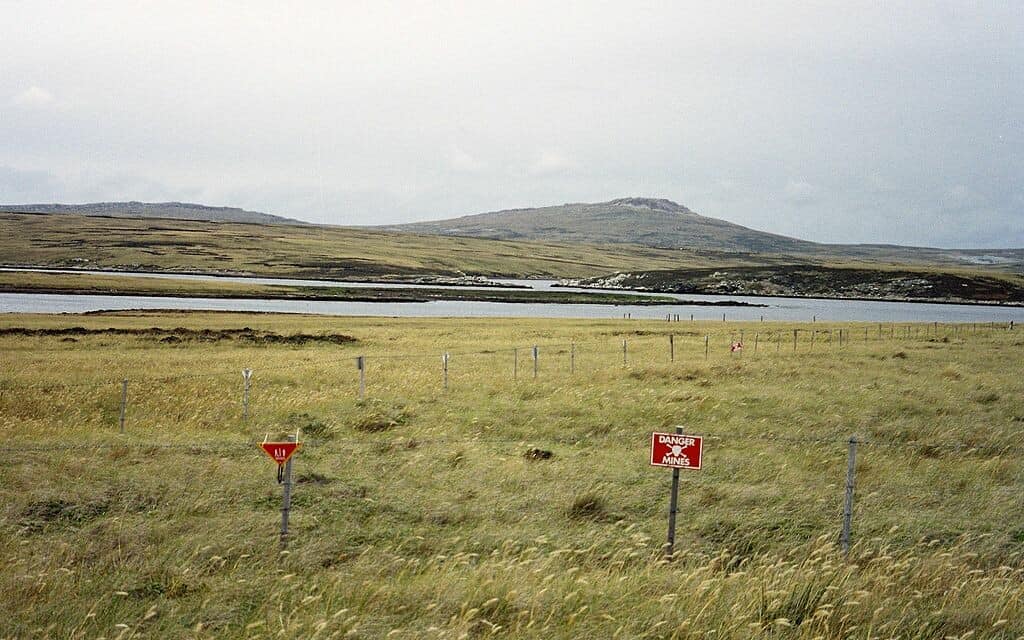Sovereignty over the Falkland Islands and their dependencies has been a subject of dispute between Great Britain and Argentina for well over 150 years. In 1965, the United Nations pressured the two nations to resolve the dispute. In 1968, after protracted negotiations, a Memorandum of Understanding released by the two countries included a statement in which the United Kingdom would “…recognize Argentina’s sovereignty over the islands from a date to be agreed.” The islanders objected. Most were (and are) descendants of British settlers and preferred remaining tied to the United Kingdom. They gained political allies in the Conservative Party in Parliament. Throughout the 1970s negotiations to transfer sovereignty as promised continued, but little was accomplished.

December 1981, saw a new military junta seize power in Argentina. The commanders of the Argentine Air Force and Navy – Brigadier Basilio Dozo and Admiral Jorge Anaya respectively – supported taking over the islands by occupying them. It was their belief with the consensus of their staff, Great Britain lacked the means and the national will to respond with military force. They also believed that the agreement entered into by Britain in 1968 precluded them from war to maintain control of the Falklands. In March 1982, the British patrol vessel HMS Endurance was sent to South Georgia after the Argentine flag was raised there. The Argentine junta ordered the Falkland Islands and South Georgia occupied on April 2. It was the beginning of the Falklands War.
1. The British arrested prominent Argentines prior to the invasion

On April 1, the British Governor of the Falklands, Rex Hunt, was warned of an impending invasion of the islands and told, “You will wish to make your dispositions accordingly”. The warning came from the British government. Hunt notified the Royal Marines stationed at Stanley. The Royal Marines were supported by members of the Falkland Islands Defense Force (FIDF), sailors from HMS Endurance, and a few other civilian volunteers. In all about 115 men were available to defend Port Stanley against the invasion, if it came (there are conflicting accounts of the numbers based between official reports and personal reminiscences).
The Chief Secretary of the British administration of the islands, Dick Baker, detached 9 sailors from Endurance and ordered them to detain Argentine nationals in Port Stanley. The Argentines were taken to the Town Hall, held in “protective custody”. Thirty Argentines were detained, held in a room in the building, which was next to the police station in Port Stanley. After the Argentines were in custody, the sailors returned to Government House. A Royal Navy officer guarded the prisoners. Late that evening Argentine commandos landed from the destroyer Santisima Trinidad, south of the city. That same evening naval frogmen from an Argentine submarine marked the beach where the main invasion force landed on April 2.

